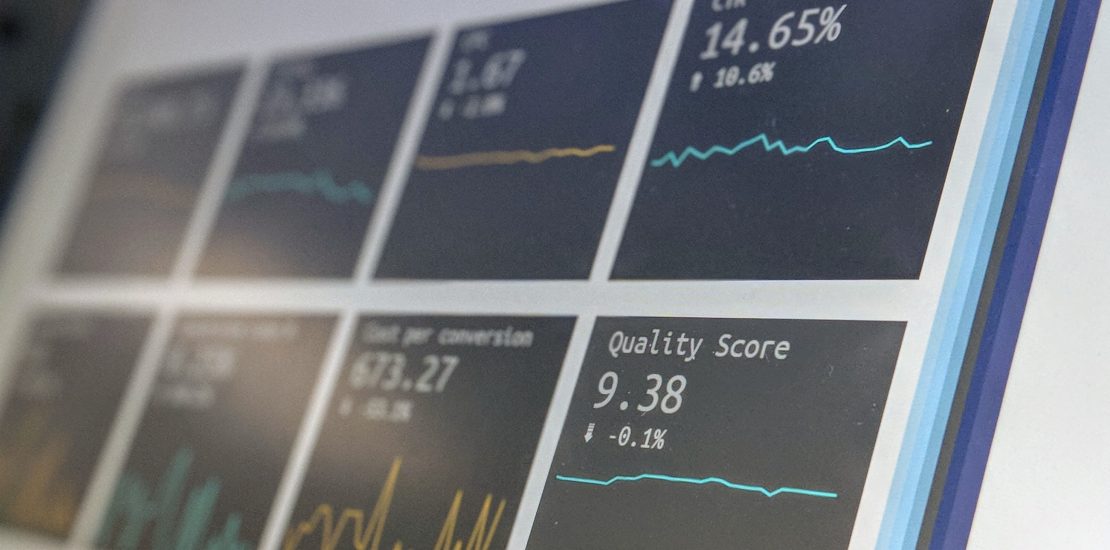Thought Leadership
How To Automate Accounts Payable In 2021
April 20, 2021


The COVID-19 pandemic has shocked many businesses into re-thinking how they buy and sell goods and services. While digitisation efforts have been accelerated by many, accounts payable (AP) automation has continued to be an issue that small and medium sized businesses (SMB) have been slow to confront; and, when it comes to AP automation, larger, enterprise-level businesses continue to lead the way.
Automation has rapidly become a way for businesses to drive efficiencies and stay competitive during the current global downturn. Indeed, it is widely accepted that effective accounting and payment processes can have a major impact on the revenue and profitability of a business. With improved management helping to drive down costs and save money. Additional benefits include
- Completely Digital Workflow
- Fraud Mitigation
- Improved Accuracy and Reduction in Manual Work
- Increased control
So what should organisations be considering when thinking about how to automate accounts payable in 2021?
Map out your existing process
Conduct an in-depth analysis of current business requirements through key stakeholder interviews and current process reviews to ensure you have a clear understanding of your existing processes. This will deliver valuable insights and resources such as:
- Key insights into current procure to pay processes
- Identification of key pain points
- Identification of key levers to drive user adoption
- Identification of key areas and drivers for financial return on investment
- Identification of quick wins and longer-term development areas
- Current state technology landscape map across Source to Pay processes
Map out your future-state requirements
Utilising the insights and resources from the existing process review, you can then start pulling together a clear and articulated vision of what you want the future process will look to inform resource and business planning processes. Additionally, from this process you should be able to produce clear and articulate technology requirements.
Technology Assessment
Using the technology requirements garnered in the future-state requirements you have a baseline to assess different AP automation technology platforms to deliver your future requirements. Typically, you should be considering the following questions:
- How easy does the platform provider make it to receive digital invoices, do they include email, eInvoicing (such as PEPPOL) etc?
- Will the platform provider provide any support or guidance to onboard your suppliers? What value and experience do they bring to that part of the project?
- Does the platform enable you to conduct the following automated invoice validation checks?
- External Supplier validation – check against popular risk and fraud databases to ensure your suppliers are legitimate.
- Business Number validation – a check against government records to ensure the business is who they say they are
- Internal supplier details validations – do the supplier details on the invoice match your master supplier records?
- Duplicate check – have you received this invoice from this supplier before?
- Purchase order matching – does the invoice reference a purchase order and do the supplier and purchase details match what is on the invoice?
- Bank account verification – does the bank account listed on the invoice match the one in your supplier records?
- What is the accuracy rate of the platform’s data capture service? And what is the impact to your resource planning and business case?
- What data validations and logic-based corrections can be automated by your provider to ensure only true exceptions are handled by your AP team?
- How does you provider configure your approval chain and what role do they play in trying to align with best practice?
- What routing logic can be put into place based on data that can be captured from an invoice e..g supplier, reference name, business name etc
Business Case Build
Bringing together your existing process map, your future state requirements and your technology assessment, the final piece is pulling together a business case that can be presented for approval. From the work completed so far you should have a more detailed view on your invoice processing costs, combining these cost savings with your expected implementation and change management costs you can compile a clear view on the both the total cost of ownership and return on investment.
Accounts payable automation that drives costs down and charged on a pay-as-you-go model is available to businesses of any size.




